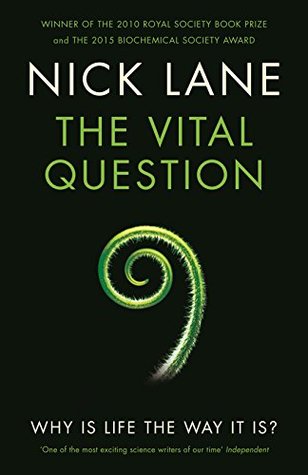Thus we have three alterations to electron flux in respiration: first, electron transfer slows down, and so the rate of ATP synthesis also falls. Second, the highly reduced iron–sulphur clusters react with oxygen to produce a burst of free radicals, resulting in the release of cytochrome c from its tethering to the membrane. And third, if nothing is done to compensate for these changes, the membrane potential collapses (Figure 32). I have just described a curious set of circumstances first discovered in the mid 1990s and greeted at the time with ‘general stupefaction’. This is the trigger for
...more
Welcome back. Just a moment while we sign you in to your Goodreads account.


